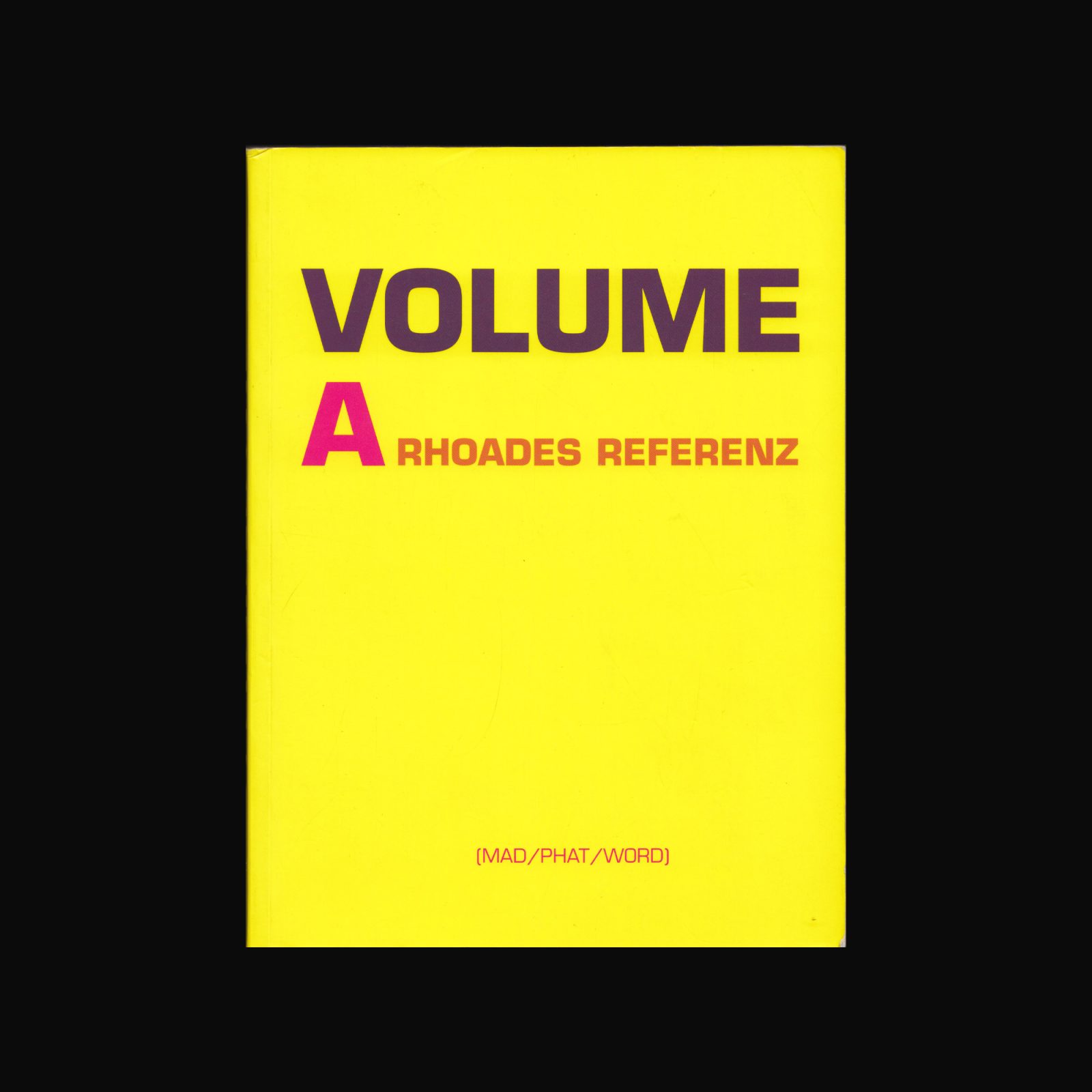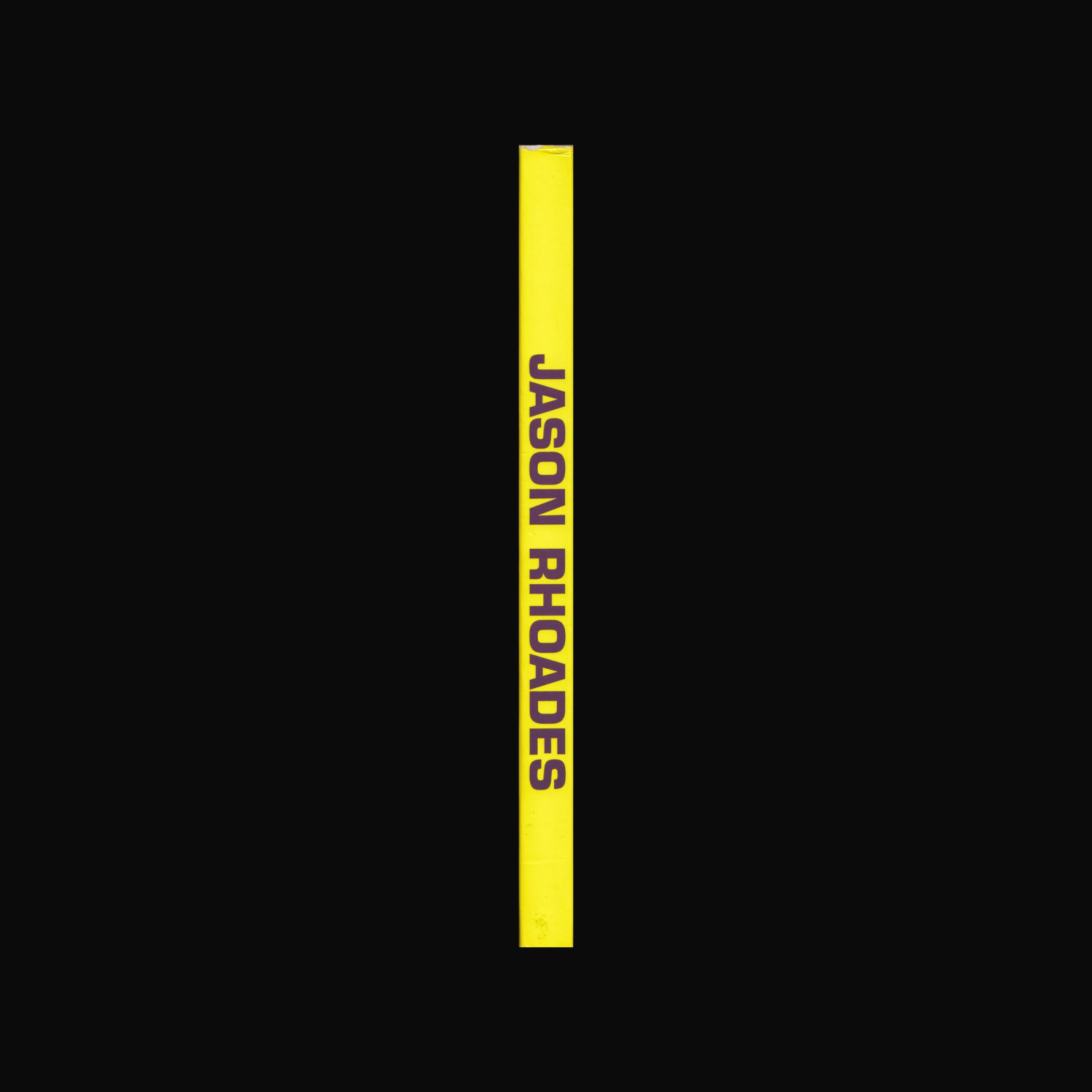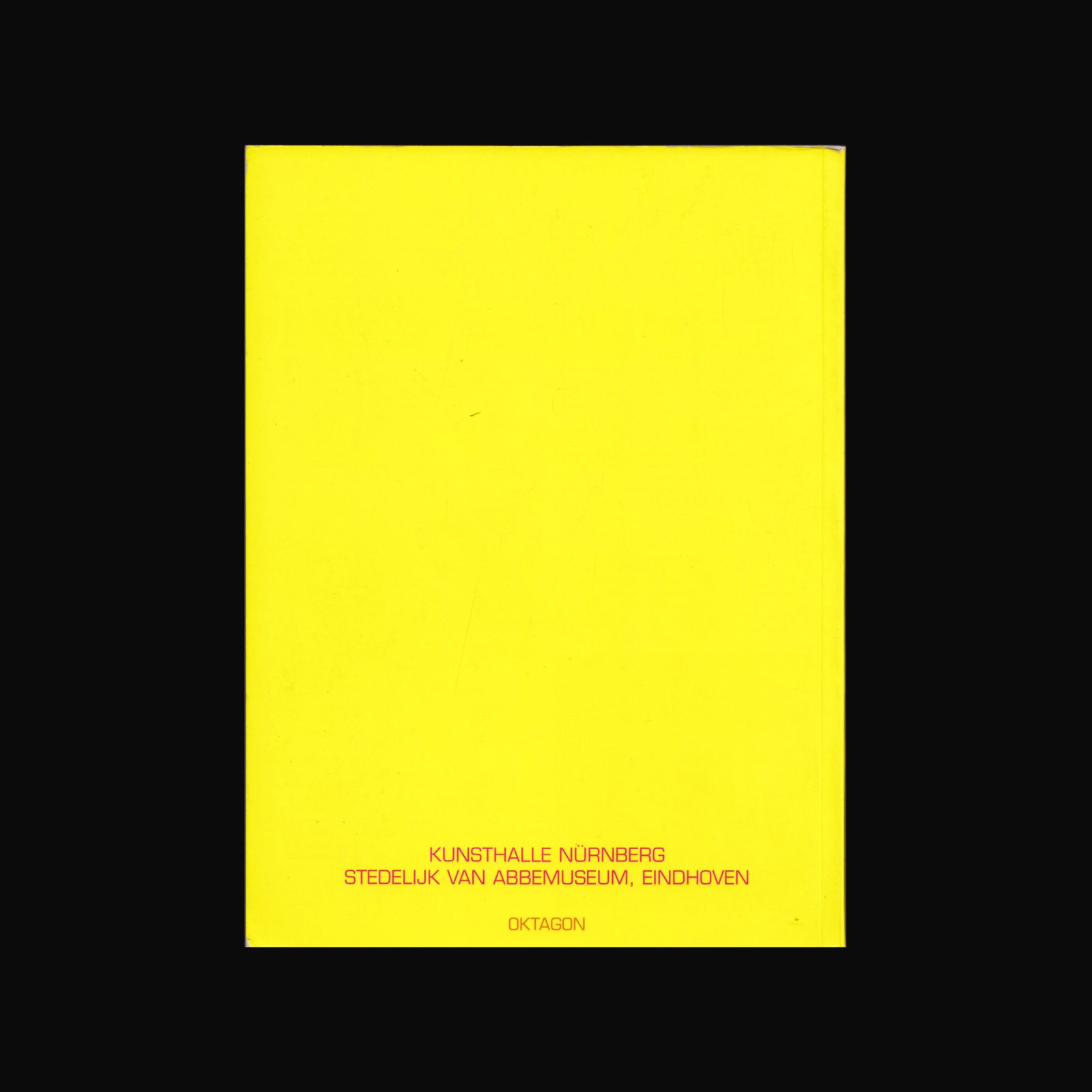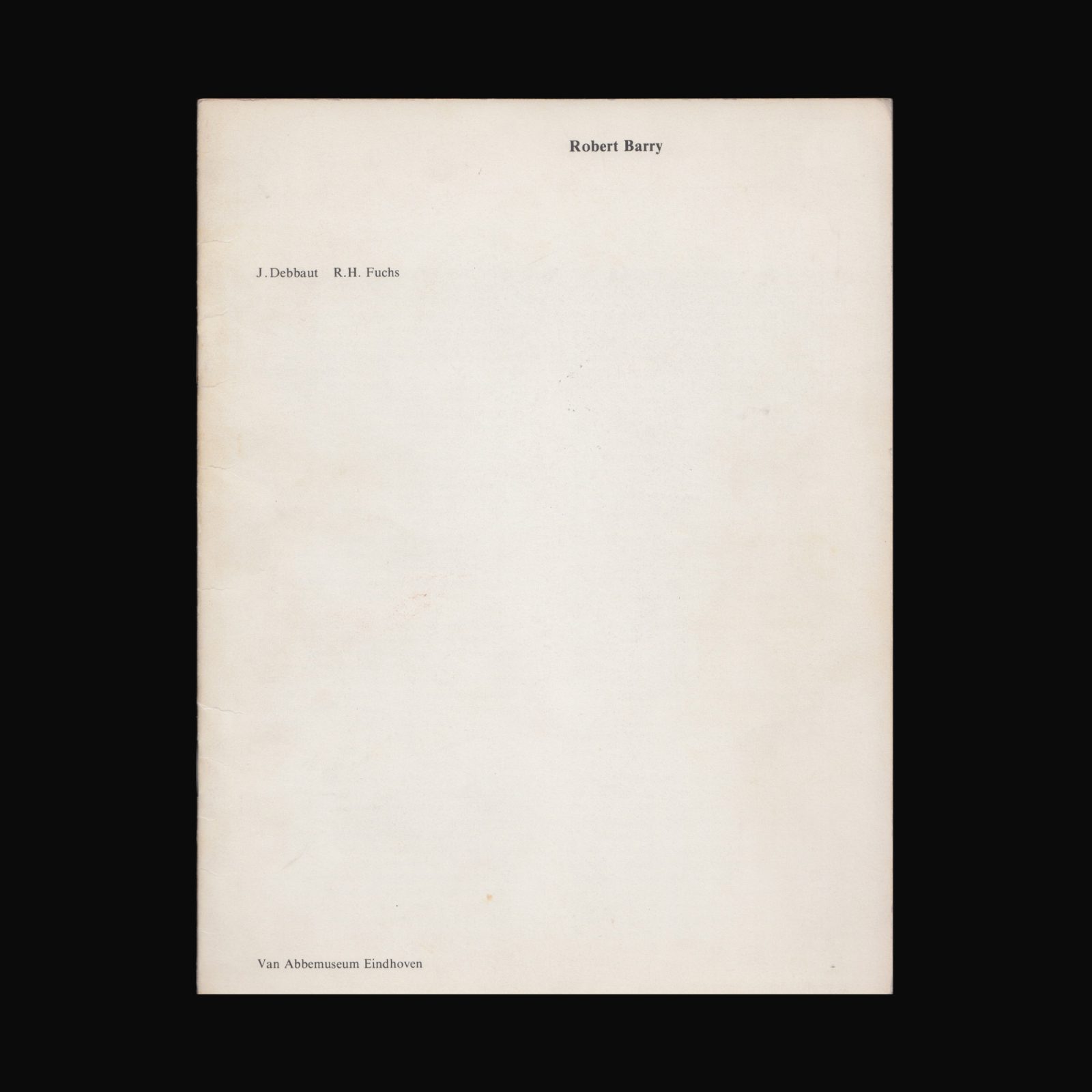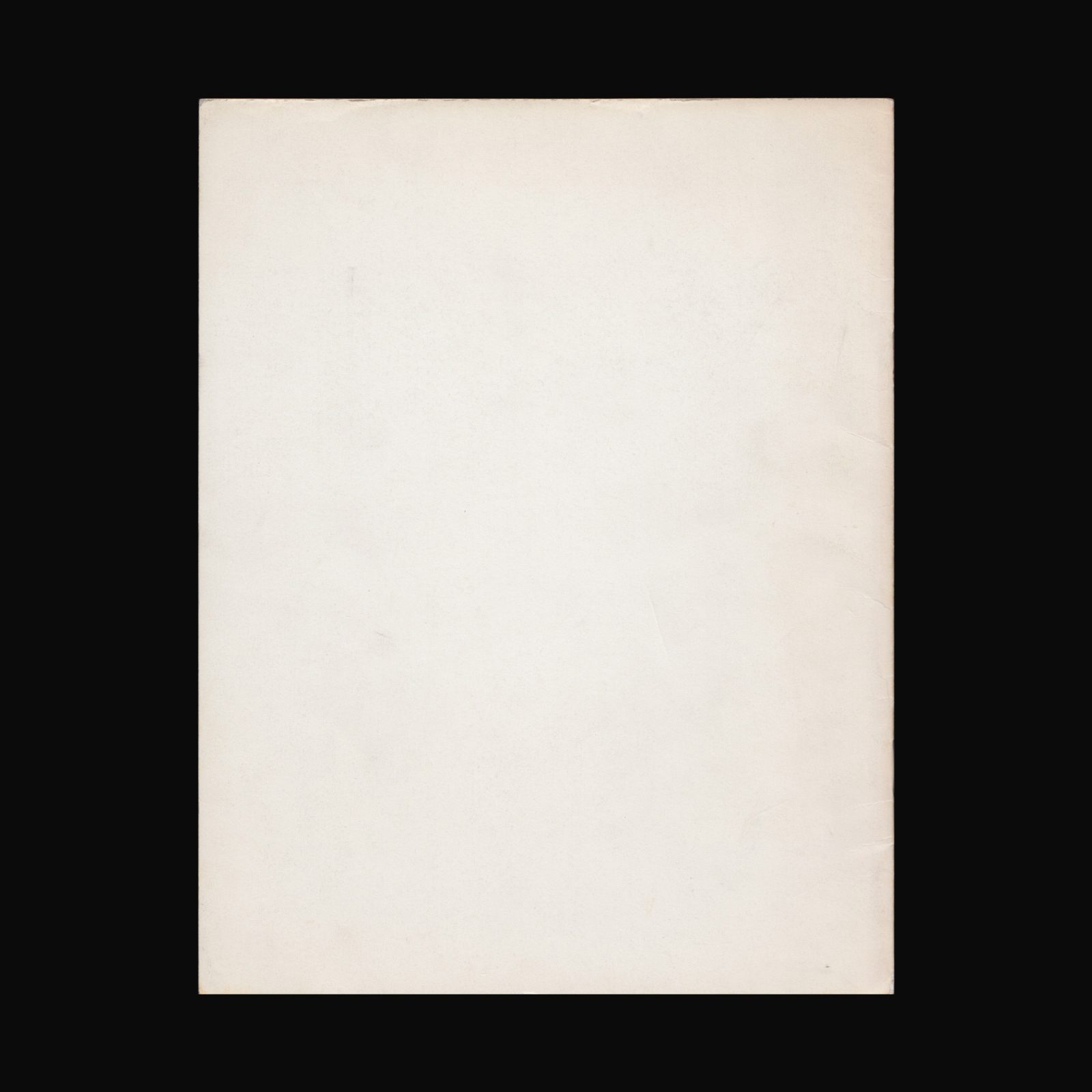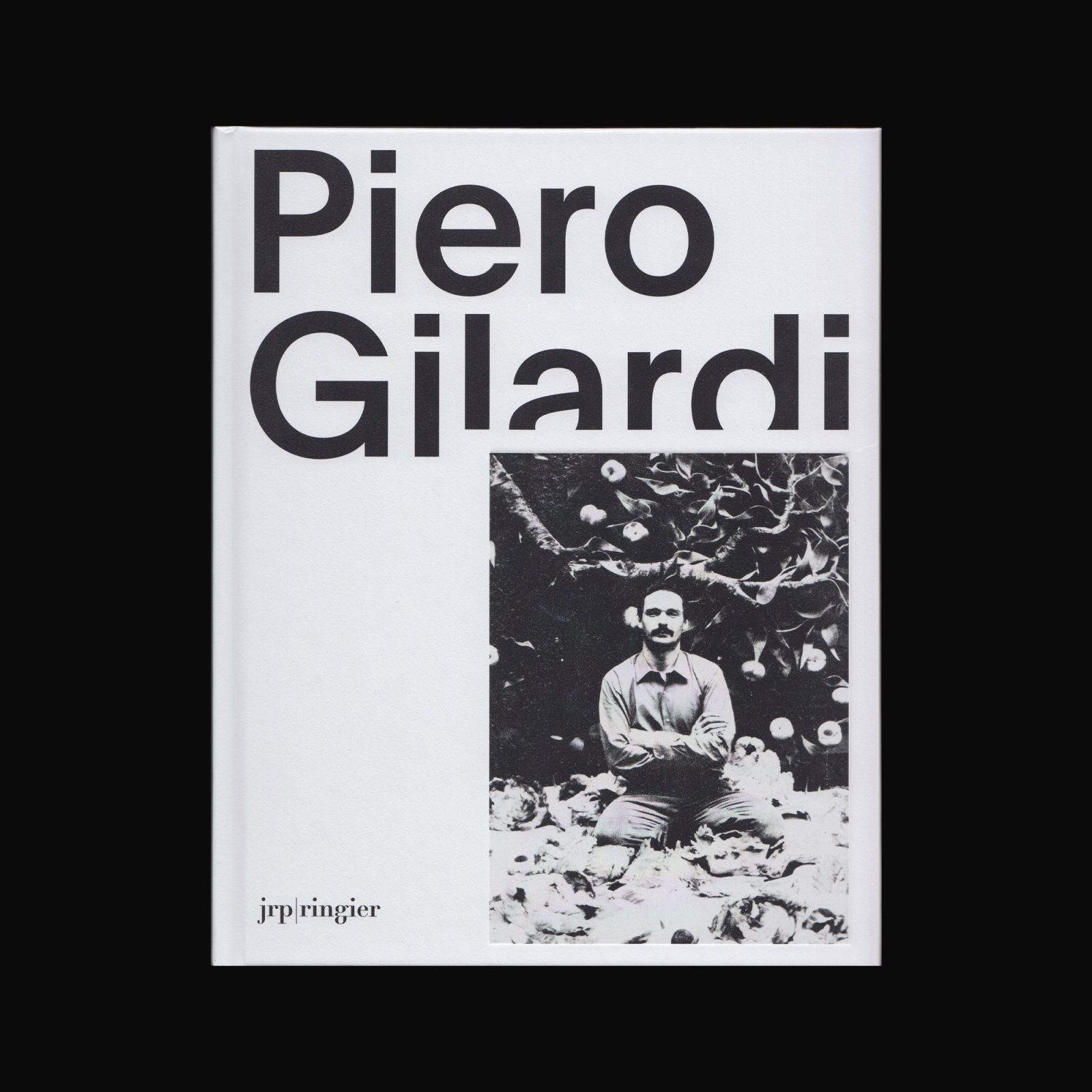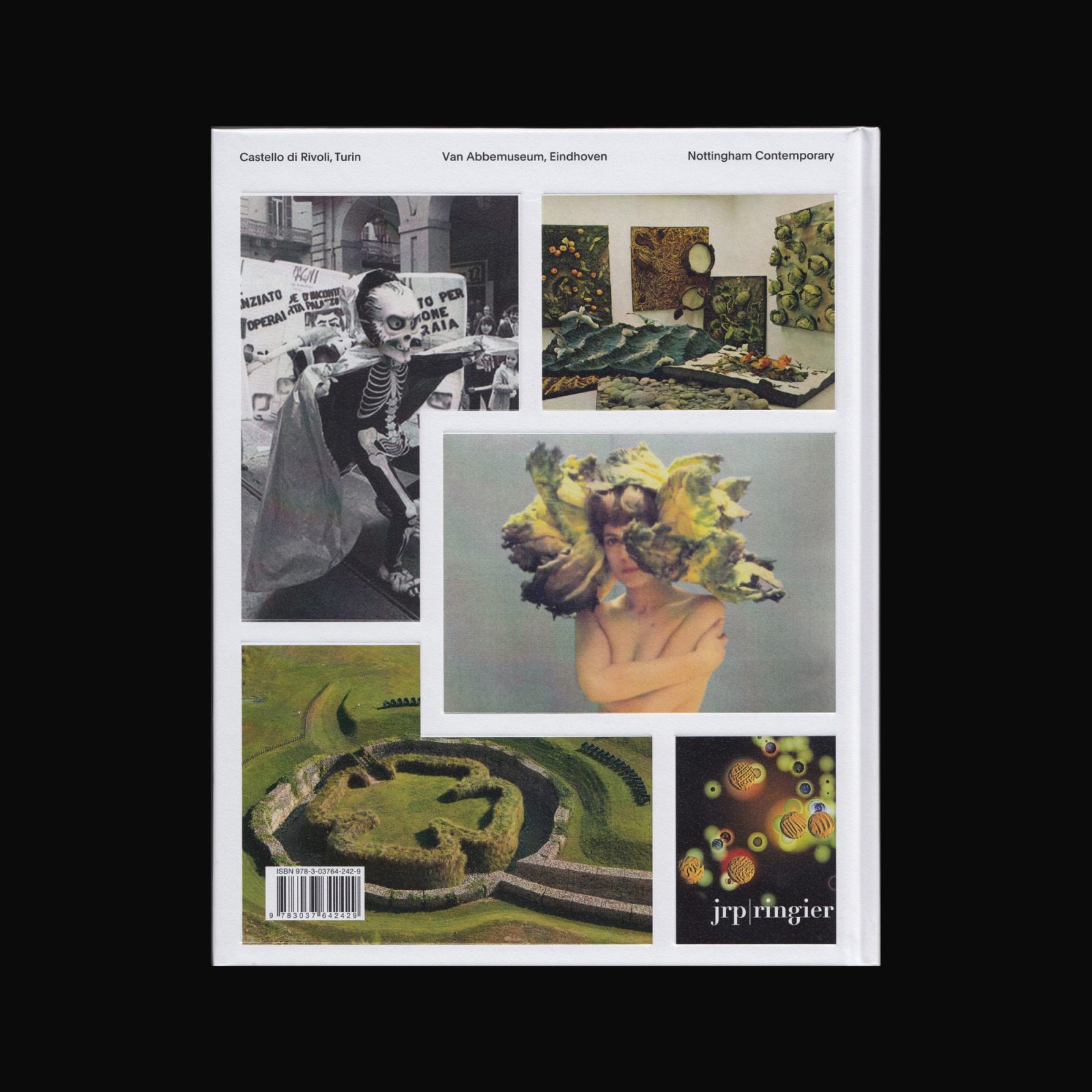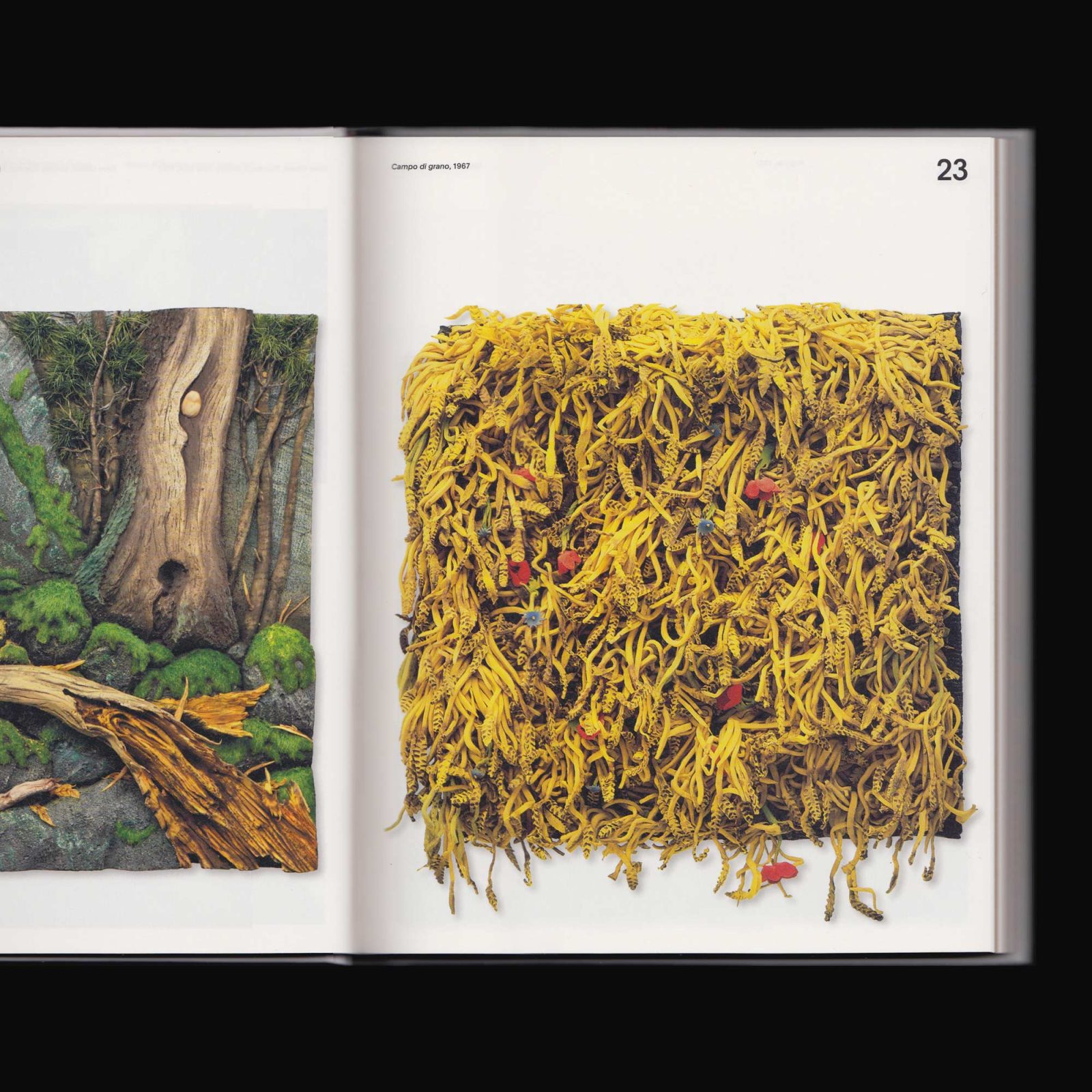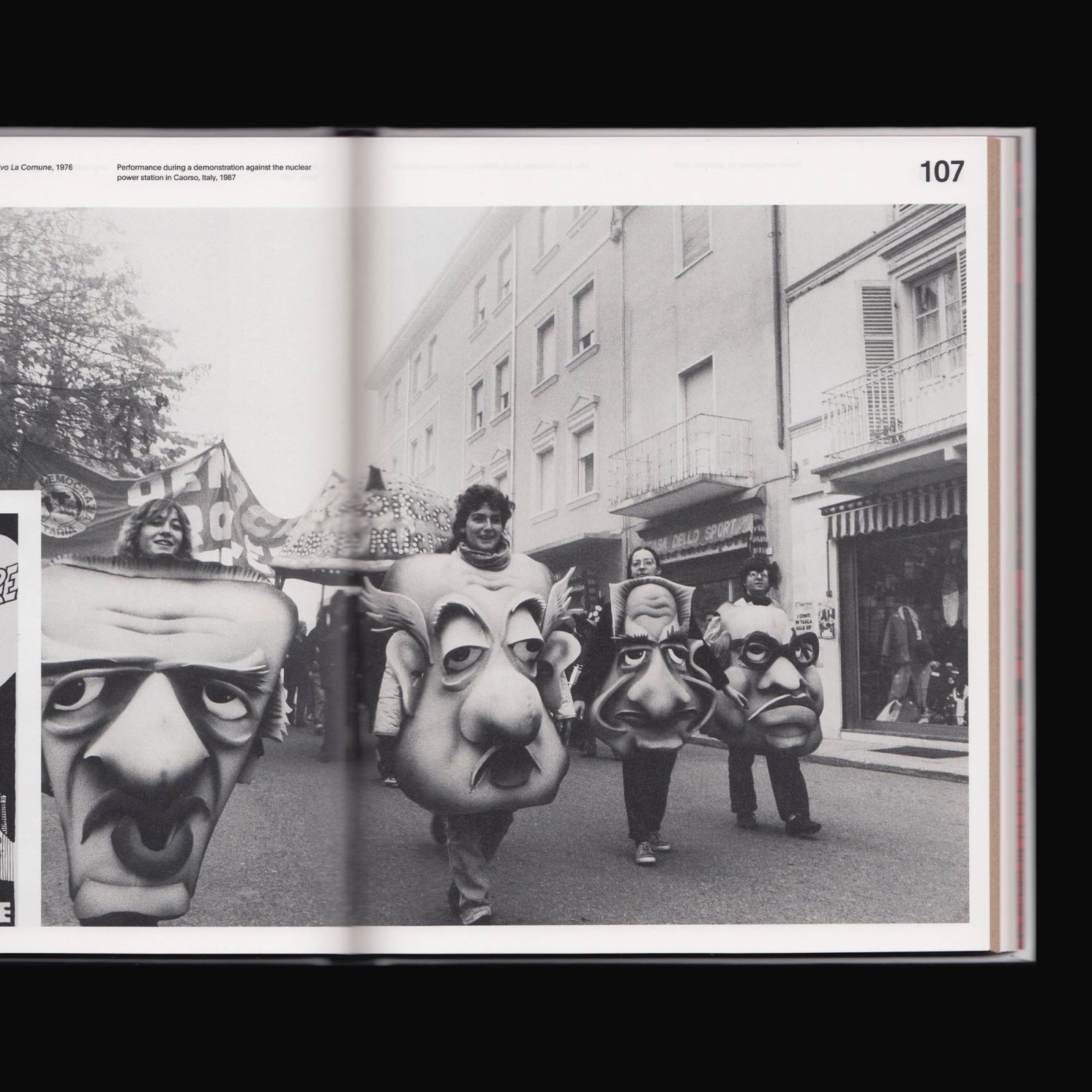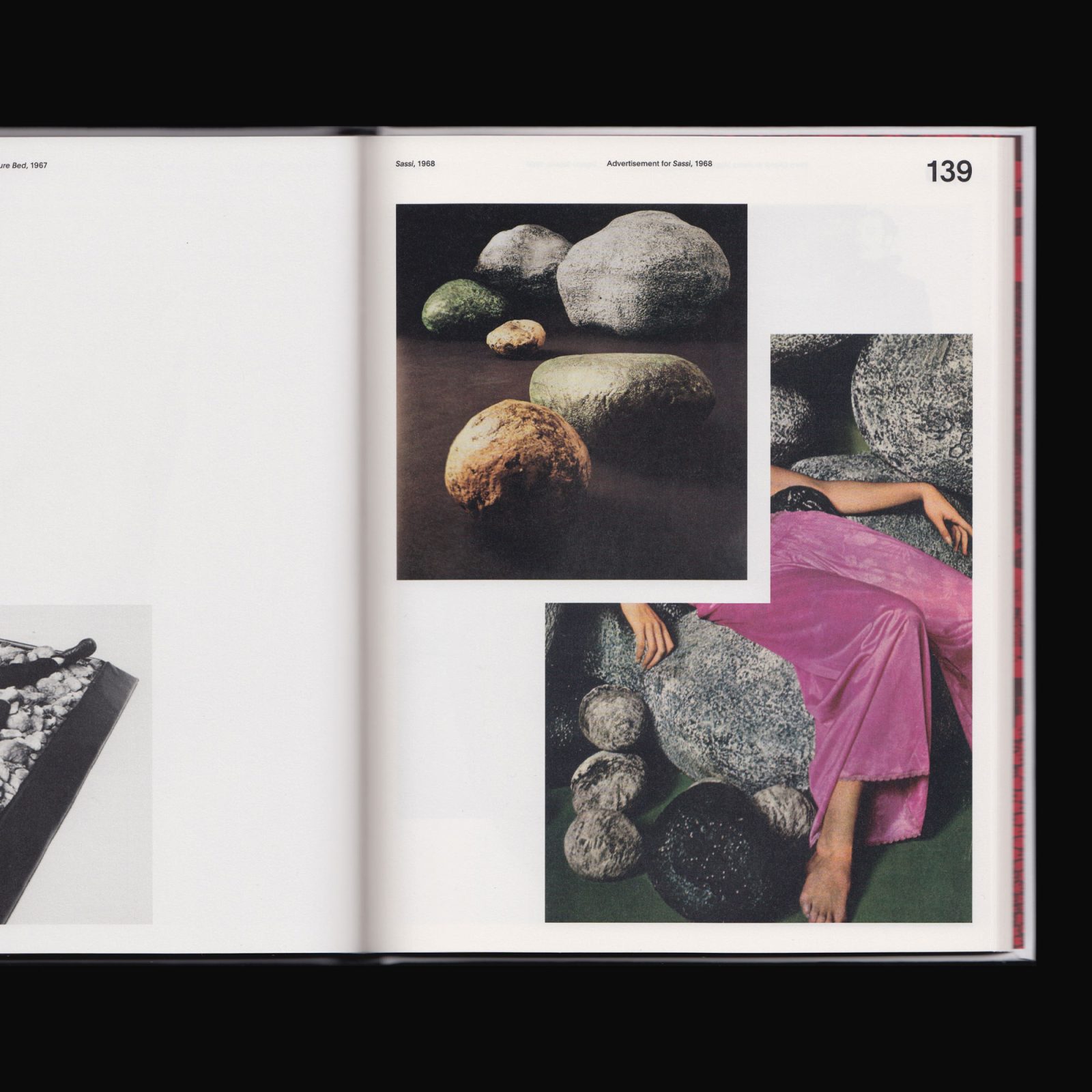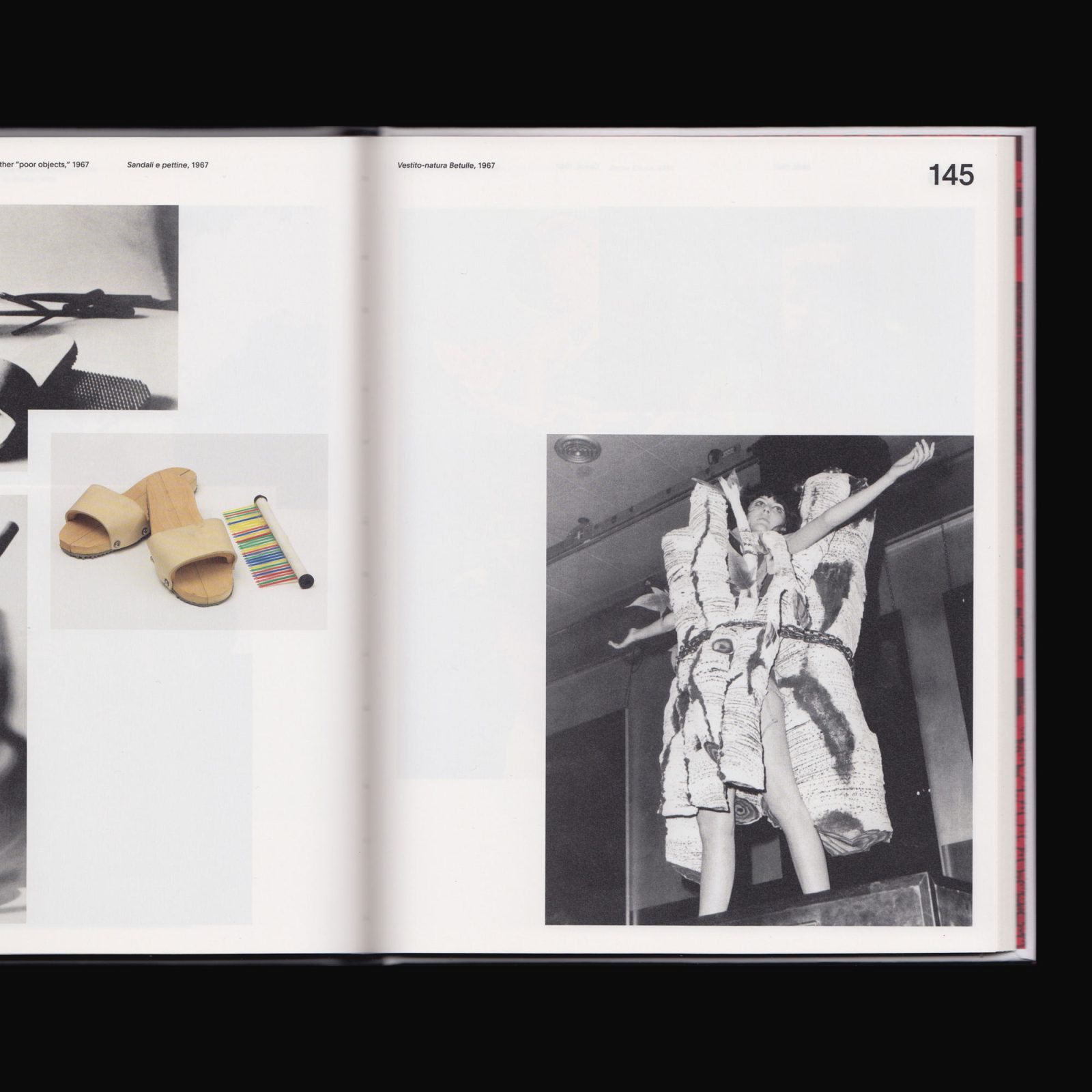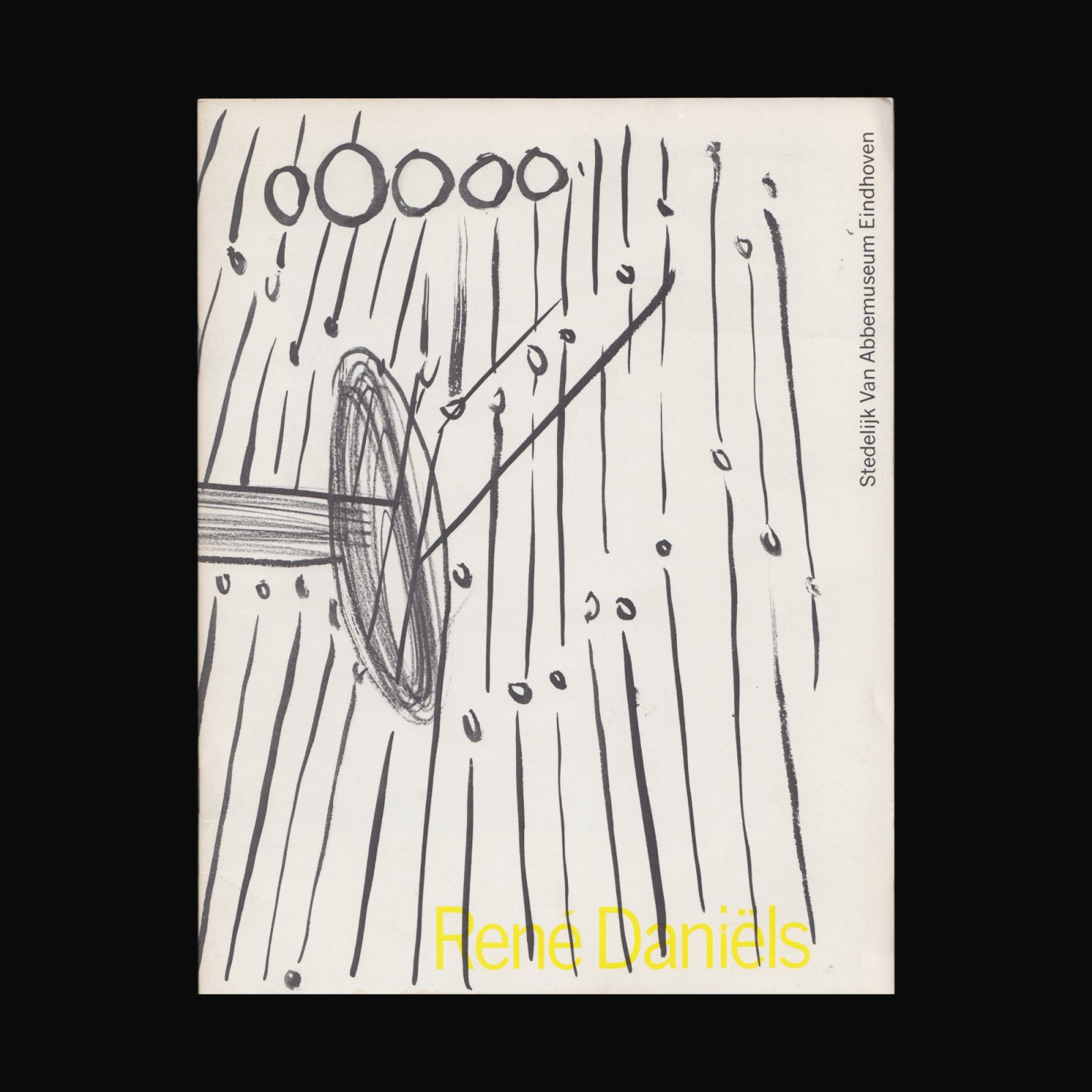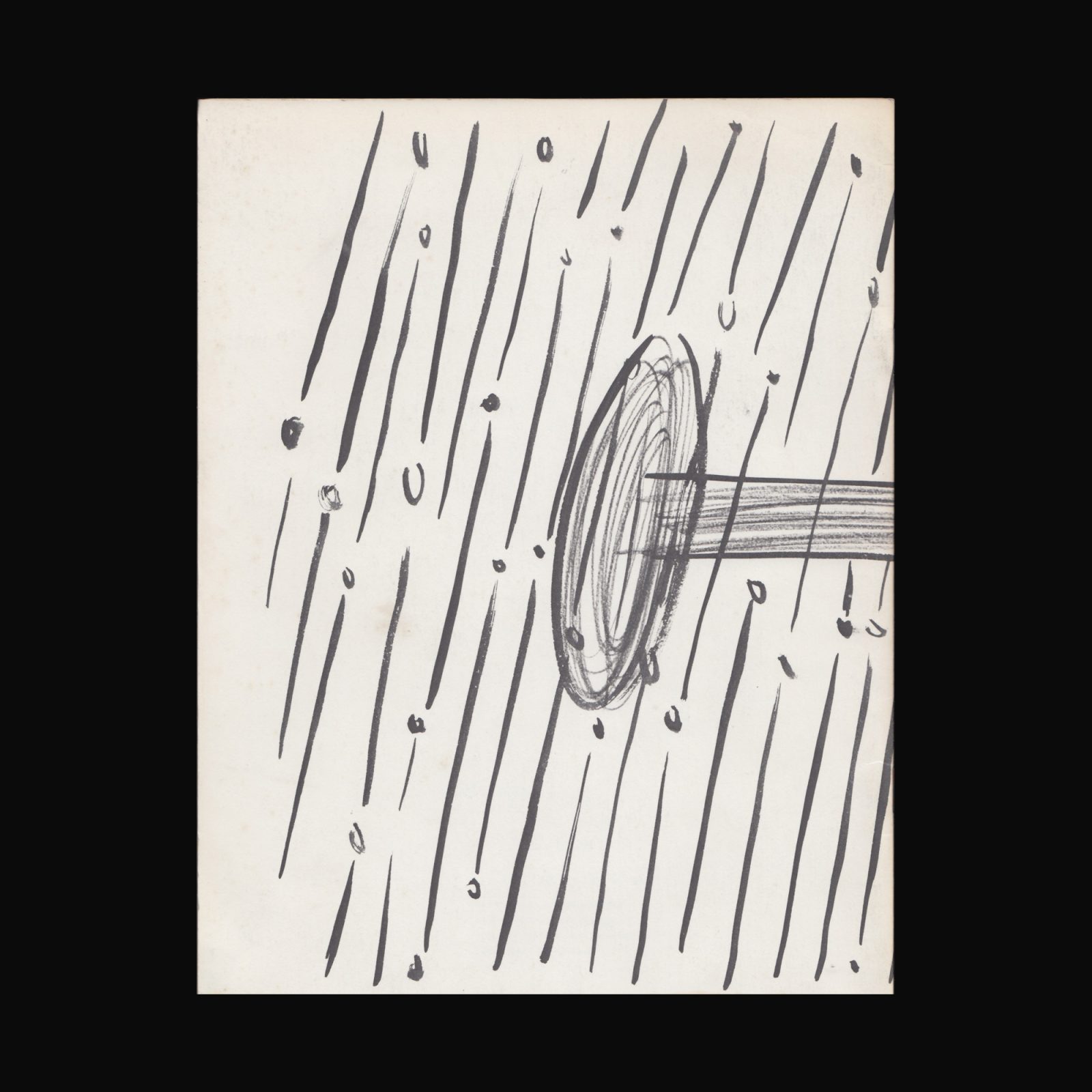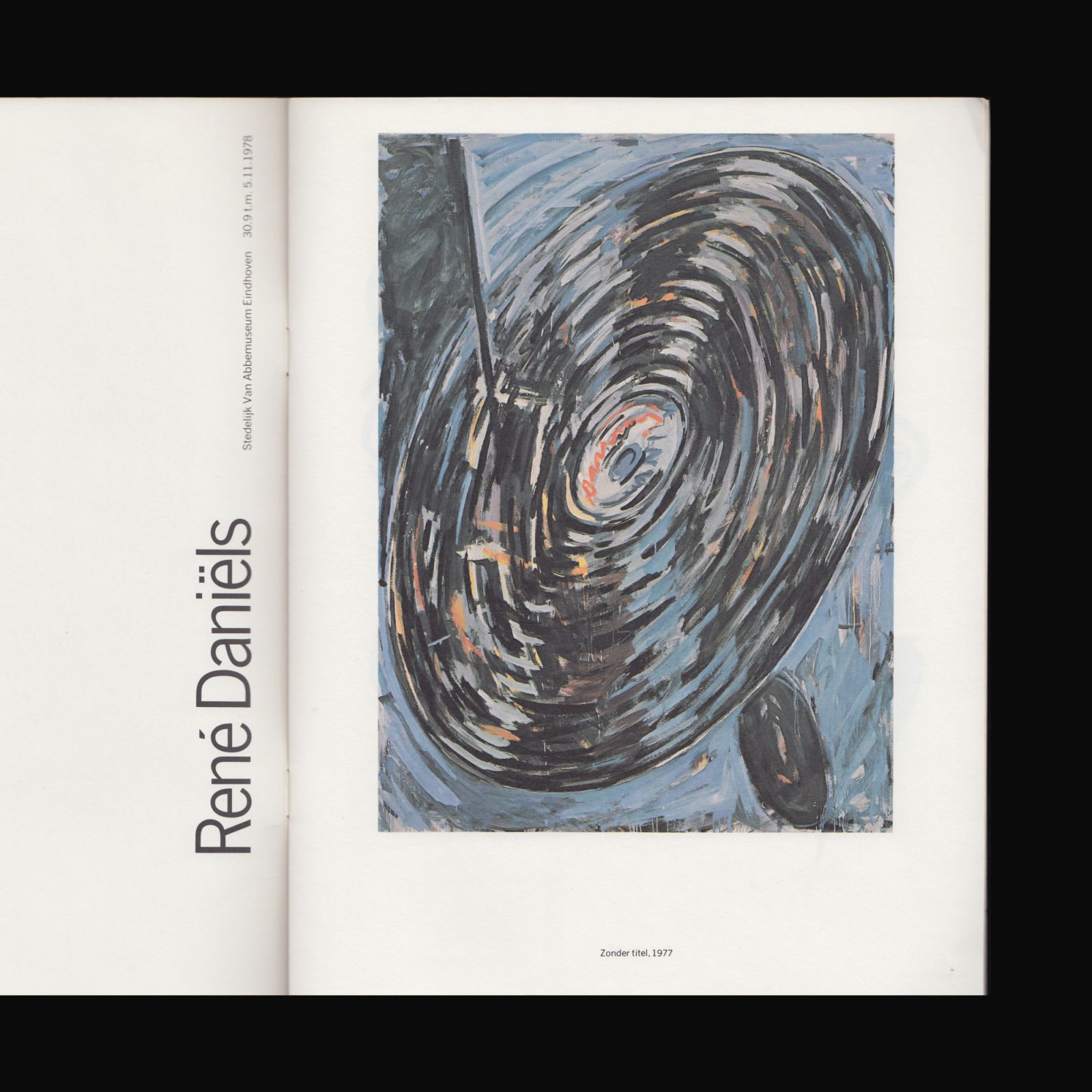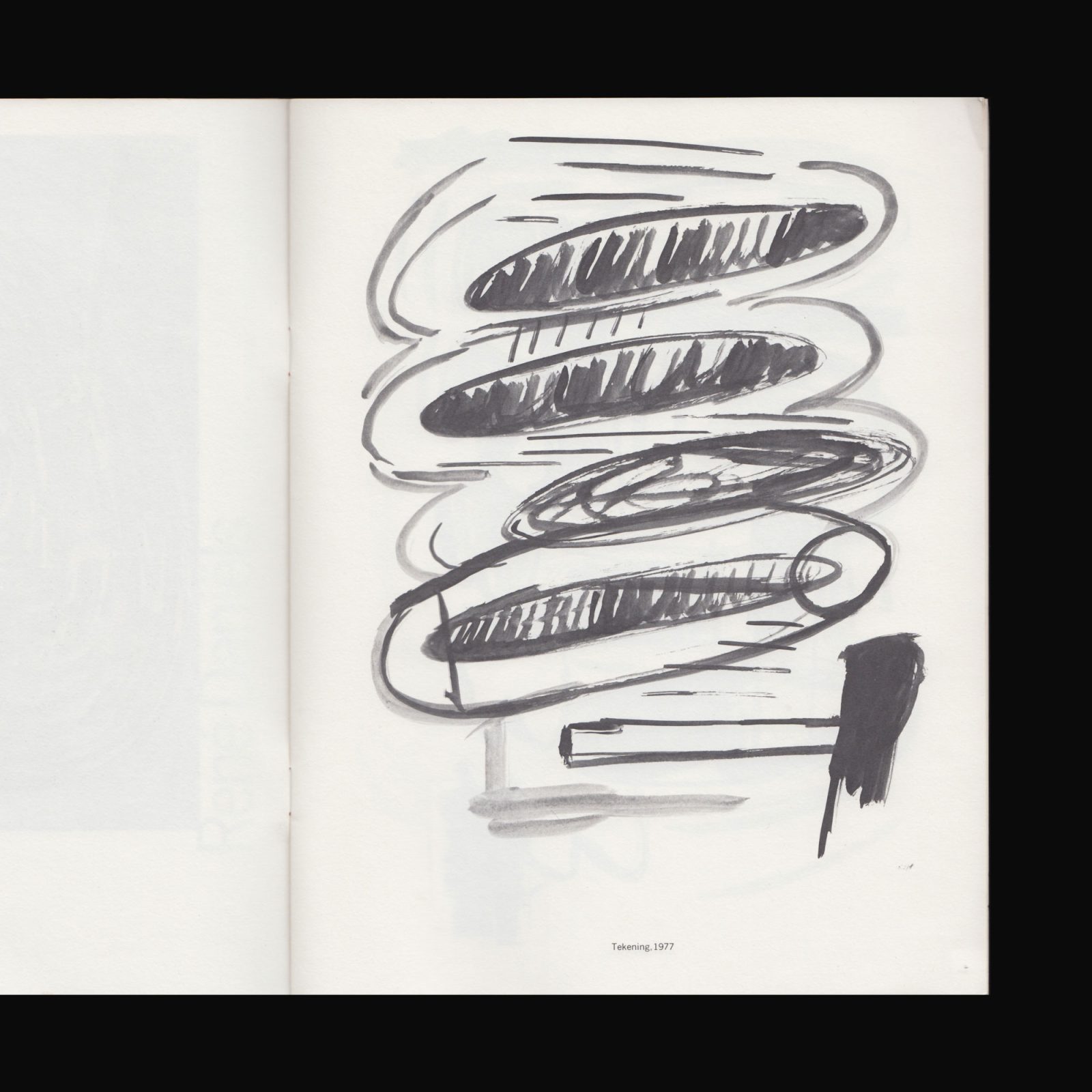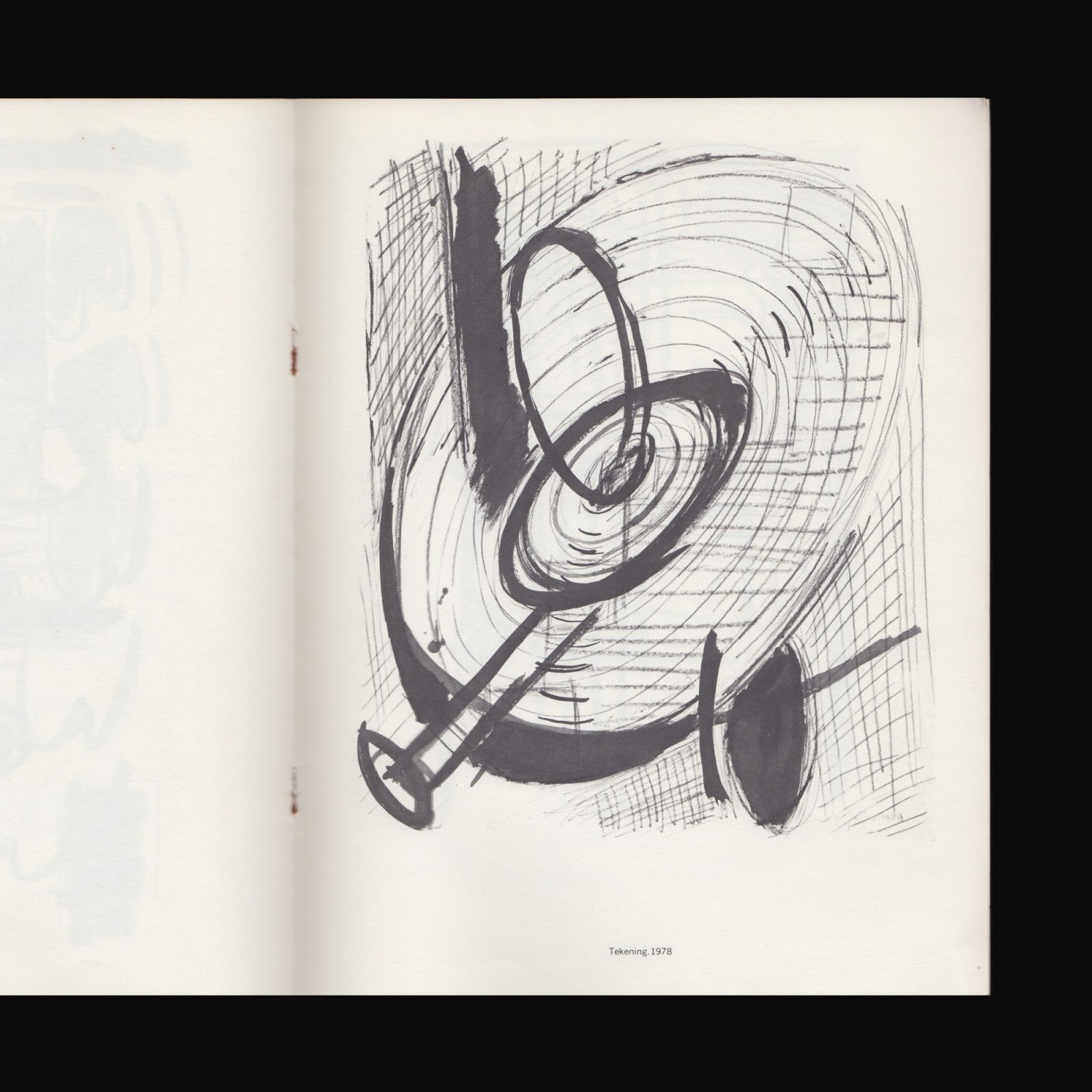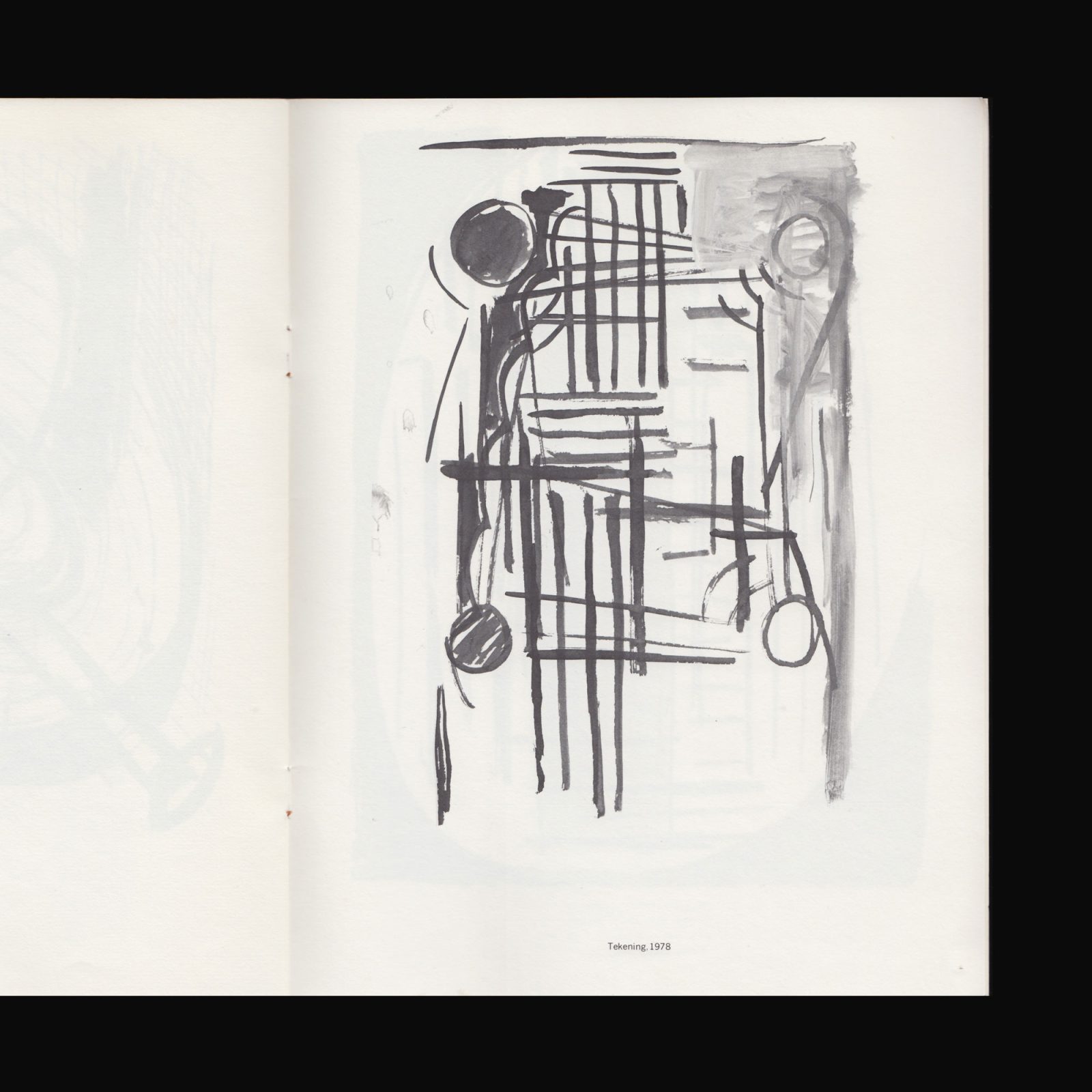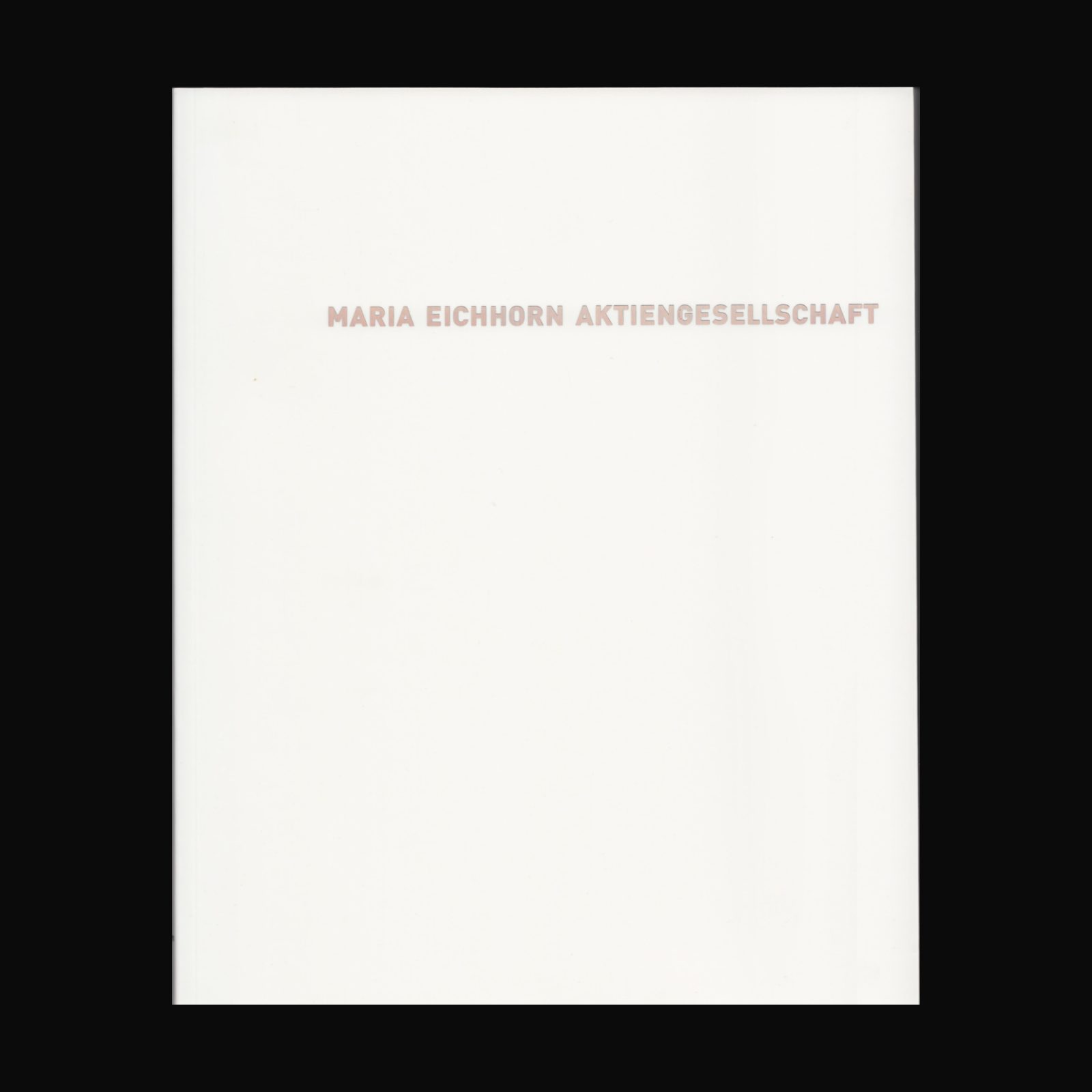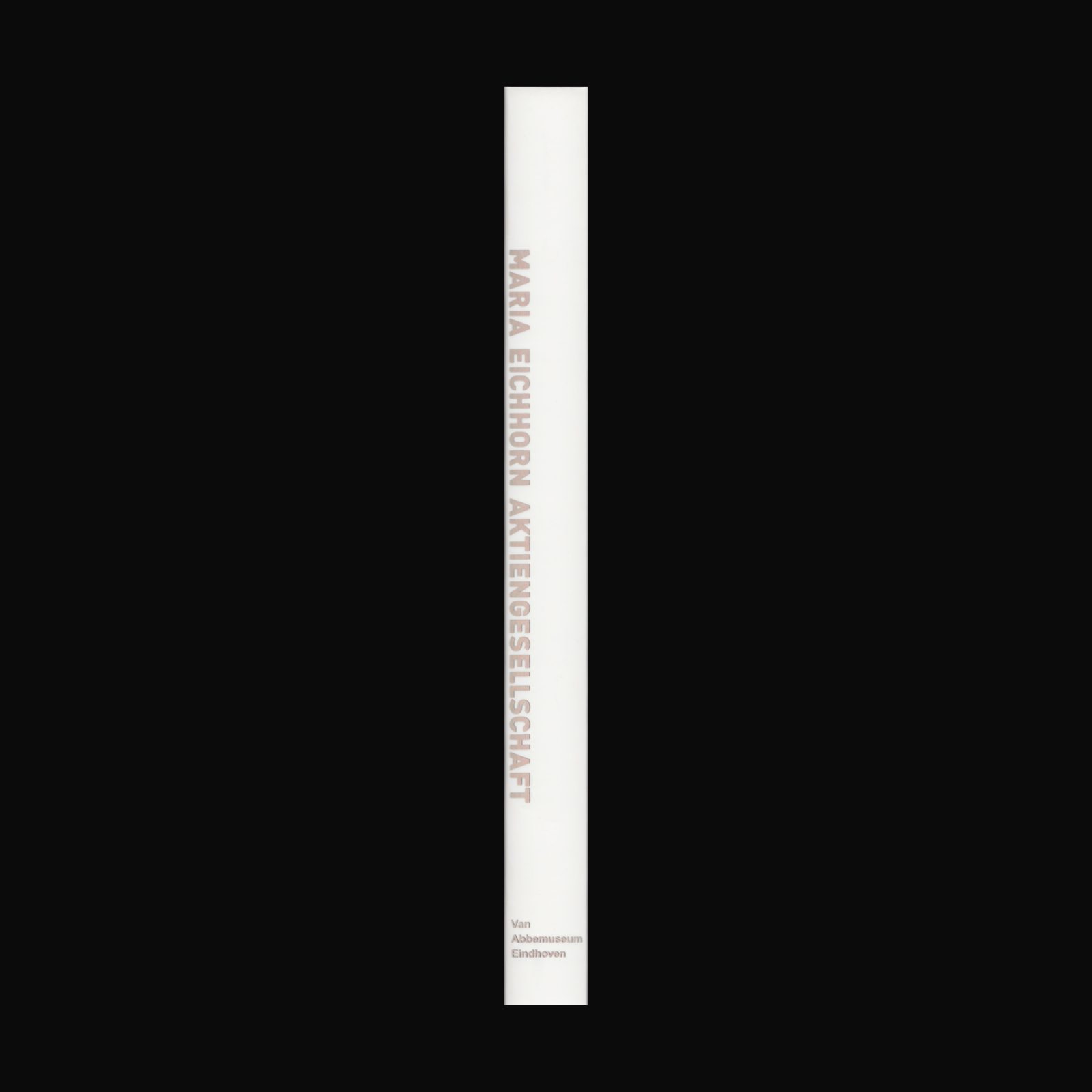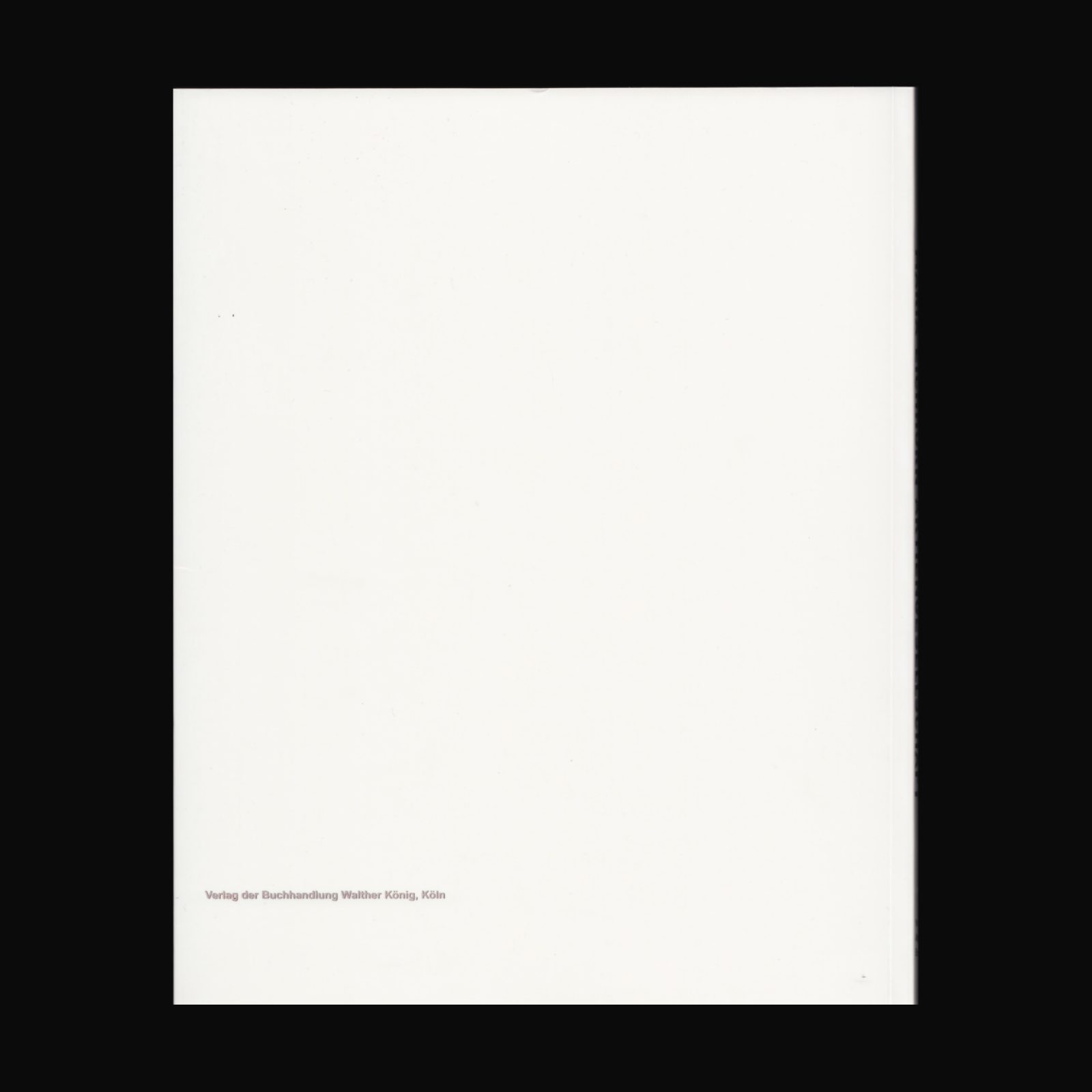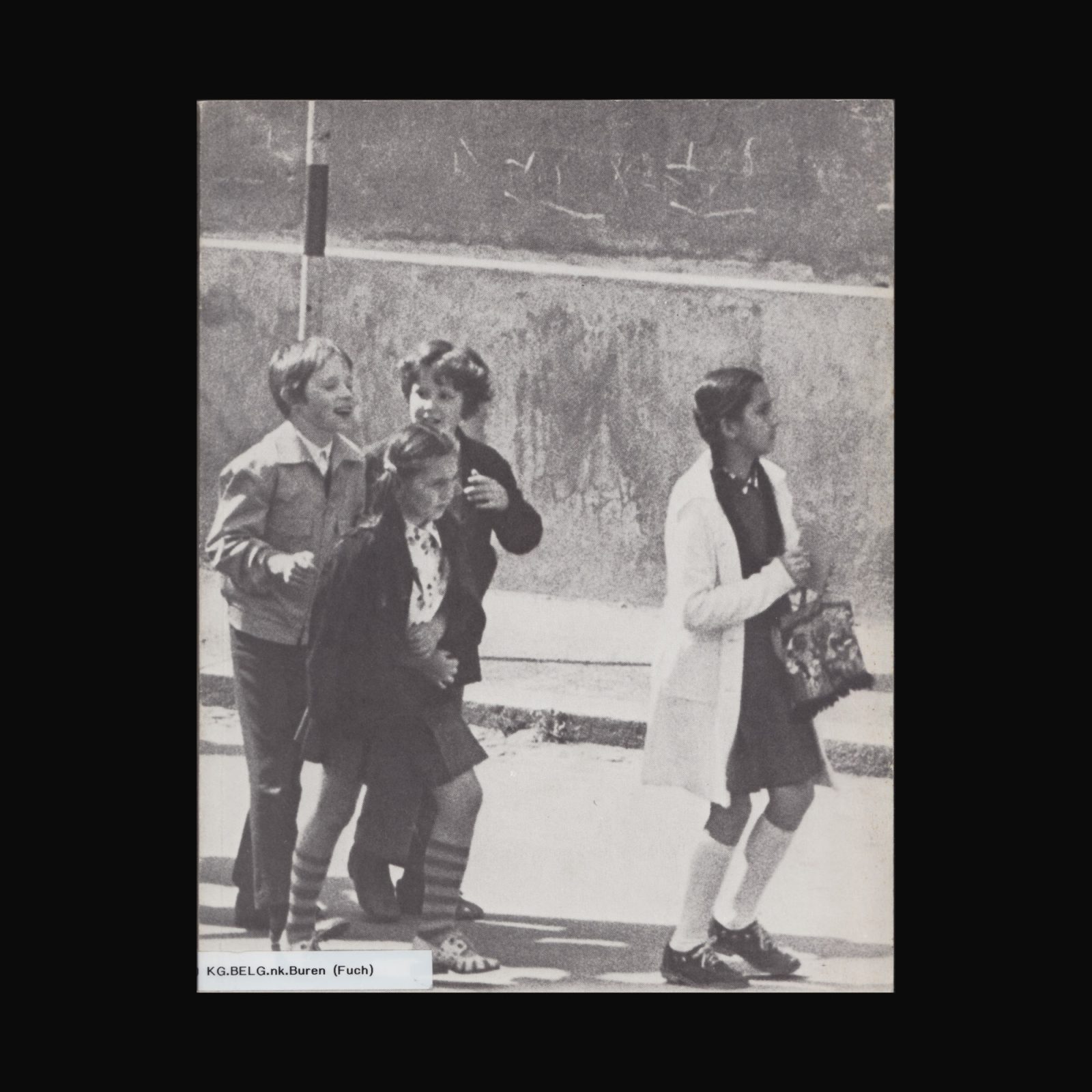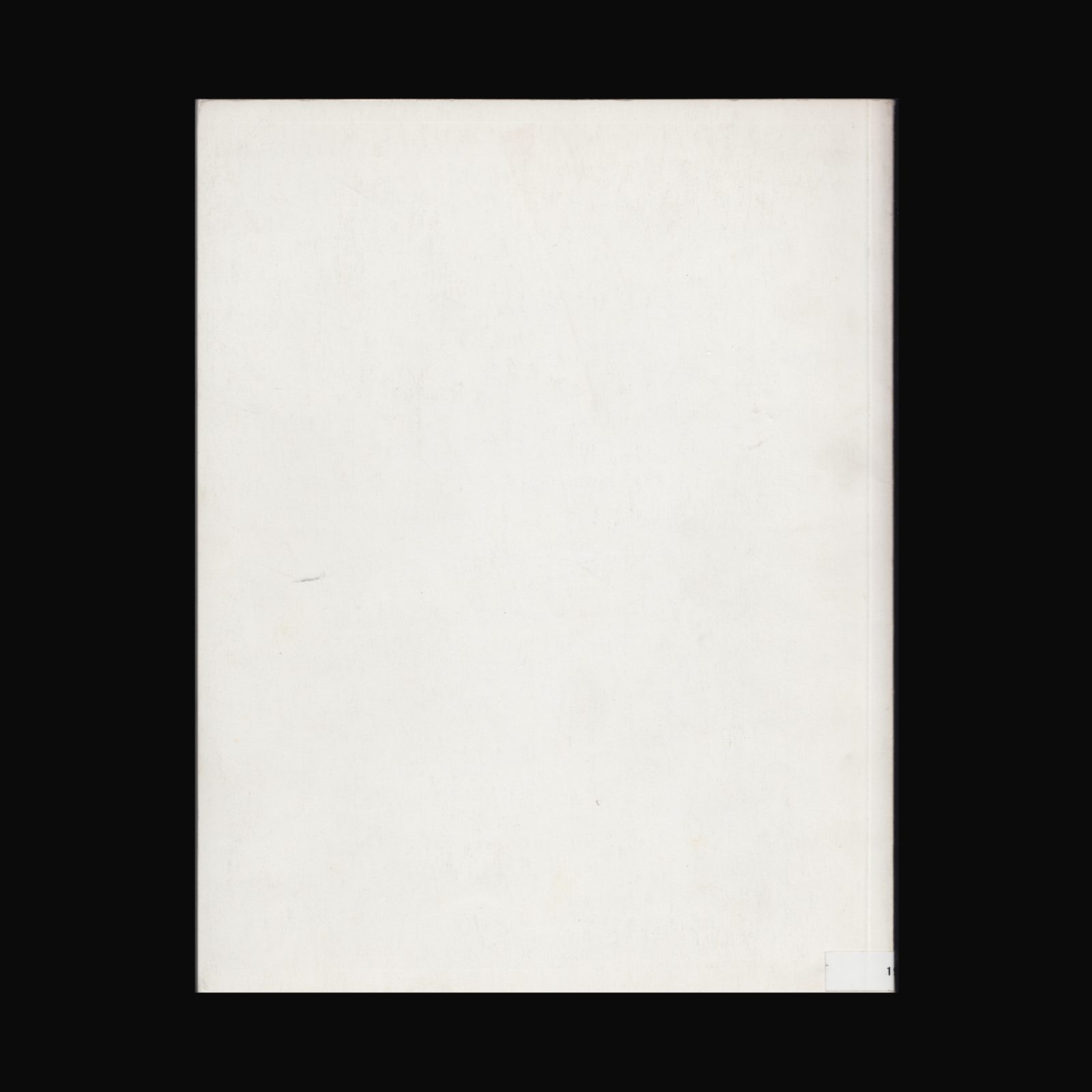Aktiengesellschaft
Maria Eichhorn
Maria Eichhorn Aktiengesellschaft began its life in December 2002, as both a corporation and a work of art. Upon an invitation to participate in Documenta 11, Maria Eichhorn founded an Aktiengesellschaft, or public limited company. As is typical of such entities, the newly created firm was in her own name. It held a 50,000 euros portion of Documenta’s exhibition budget—divided into 50,000 shares of a euro apiece—meeting the minimum requirement of subscribed capital for an Aktiengesellschaft.
Maria Eichhorn Aktiengesellschaft mimetically uses the structure of the corporation against itself. The artist remains its sole managing board member and initial shareholder; she transferred all shares of the company to itself, to be held in perpetuity. The corporation belongs to itself, or, in Eichhorn’s words, “it ultimately belongs to no one,” and “the concept of property disappears in this case.”
More information can be found on the work here.
